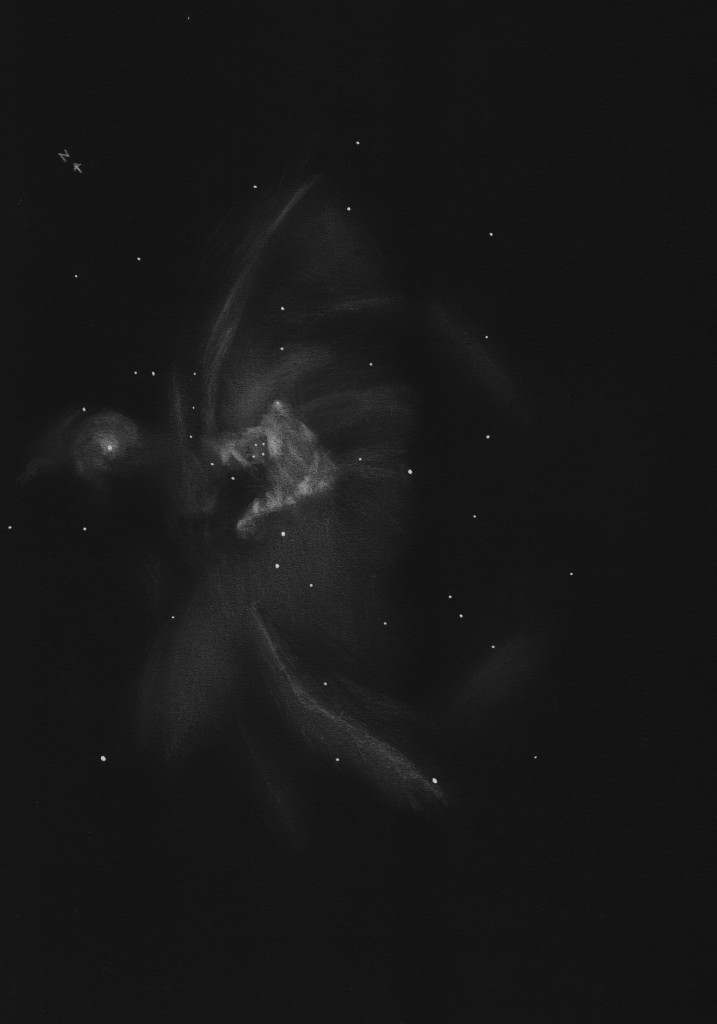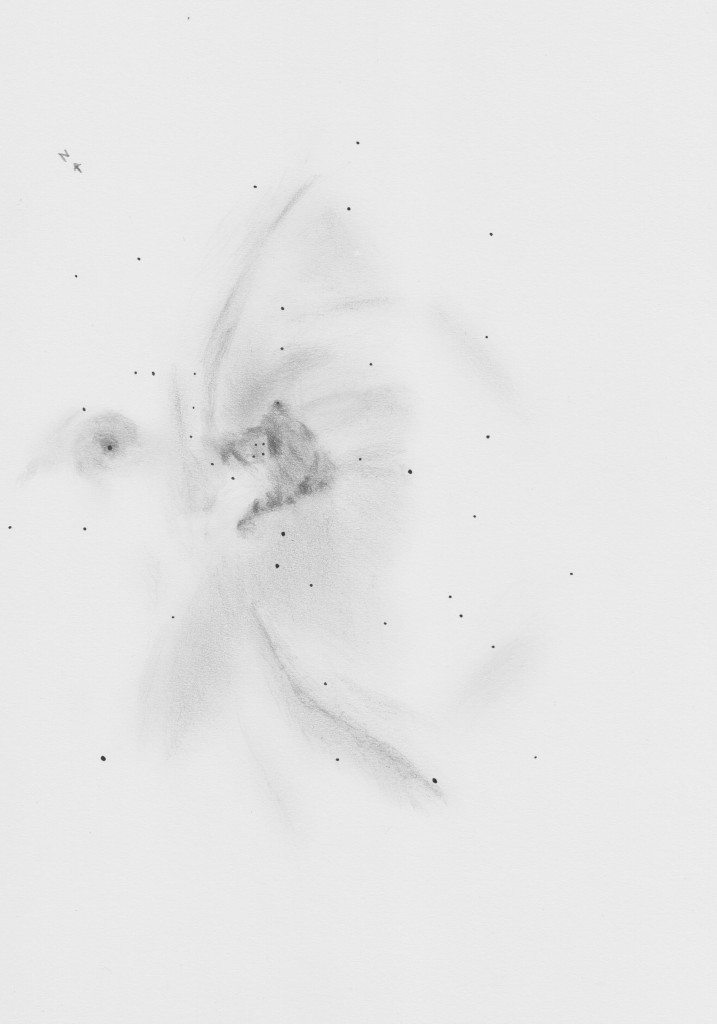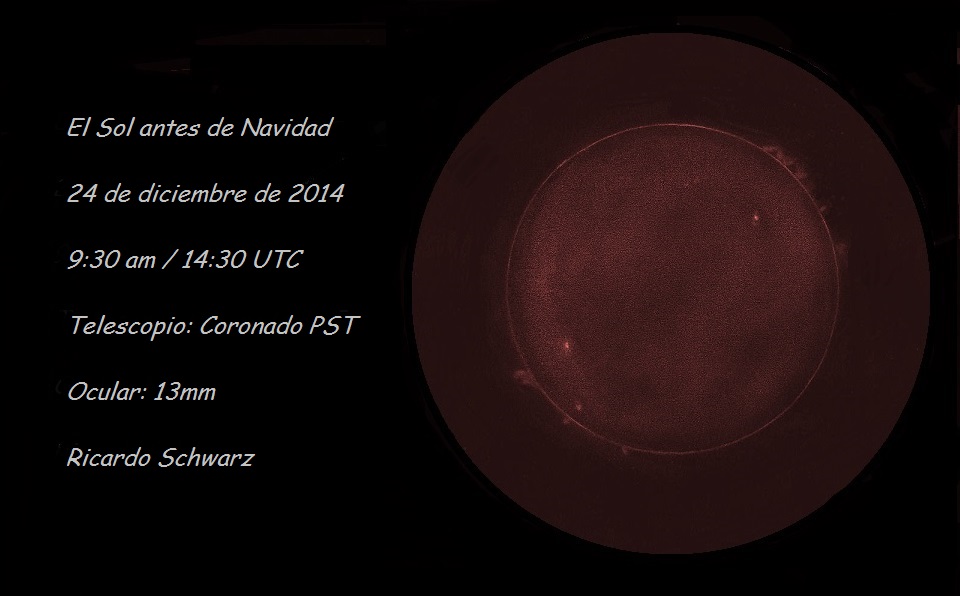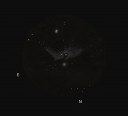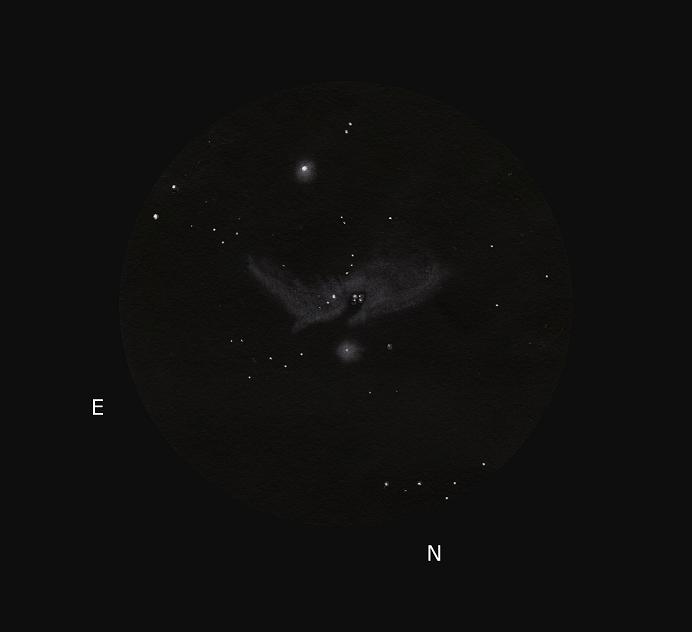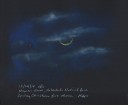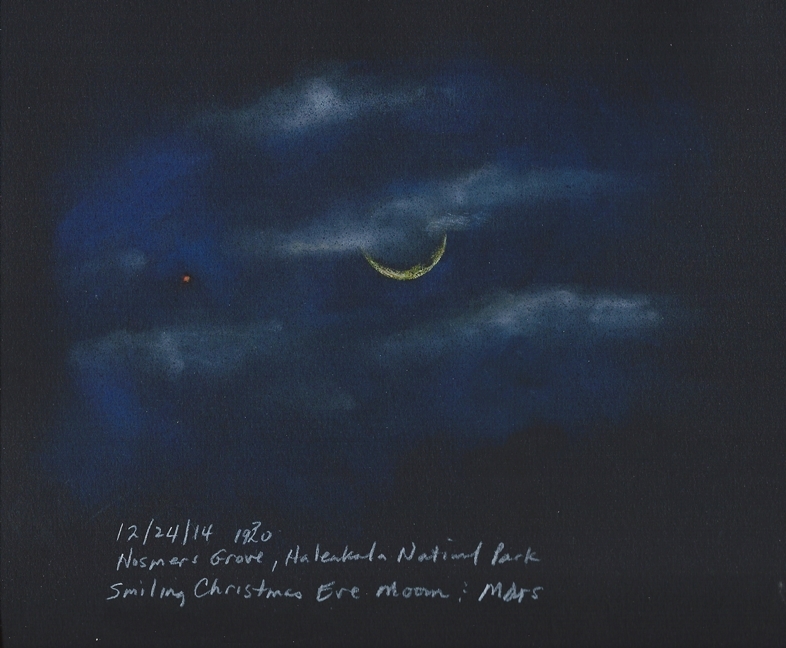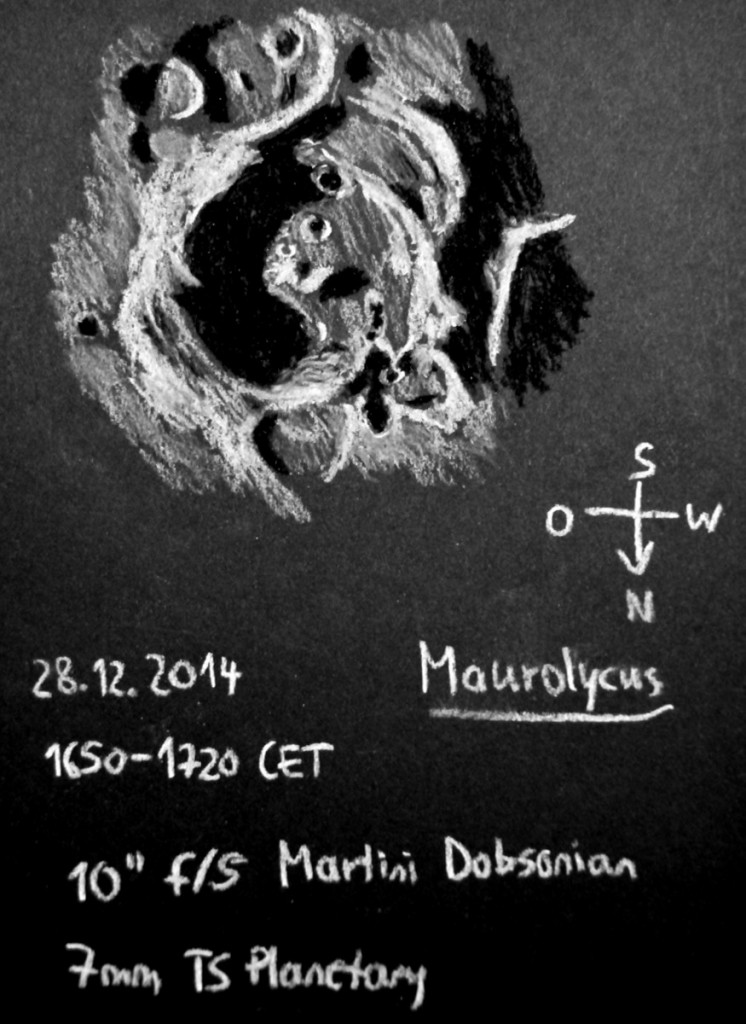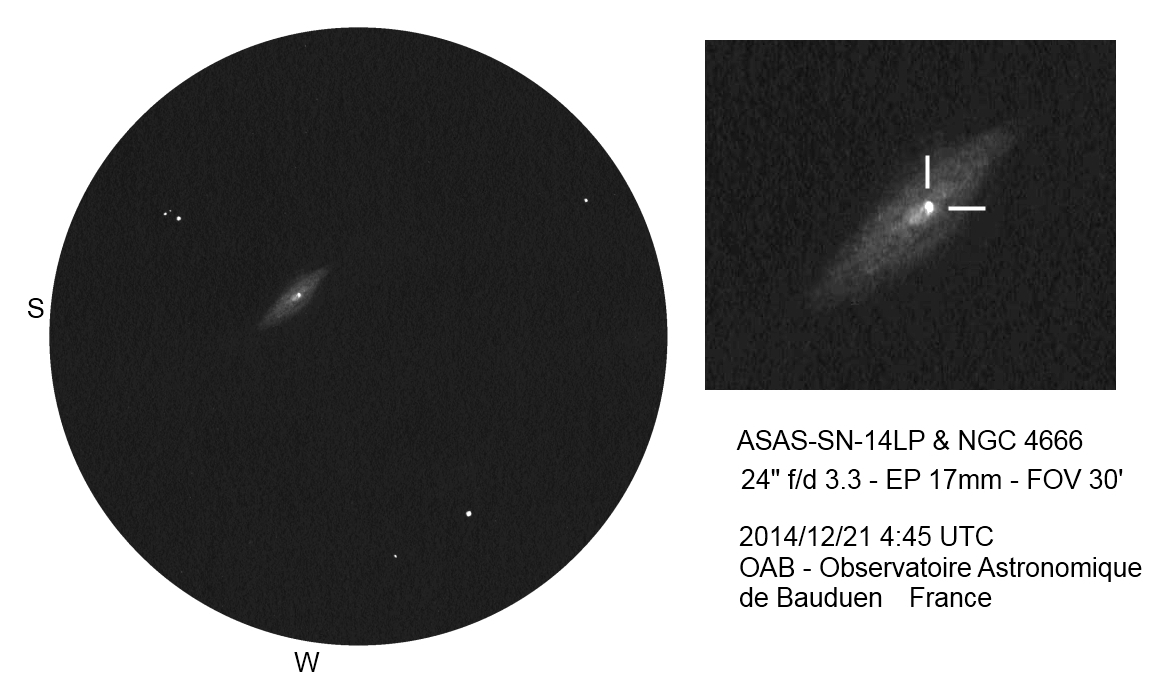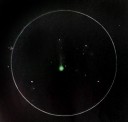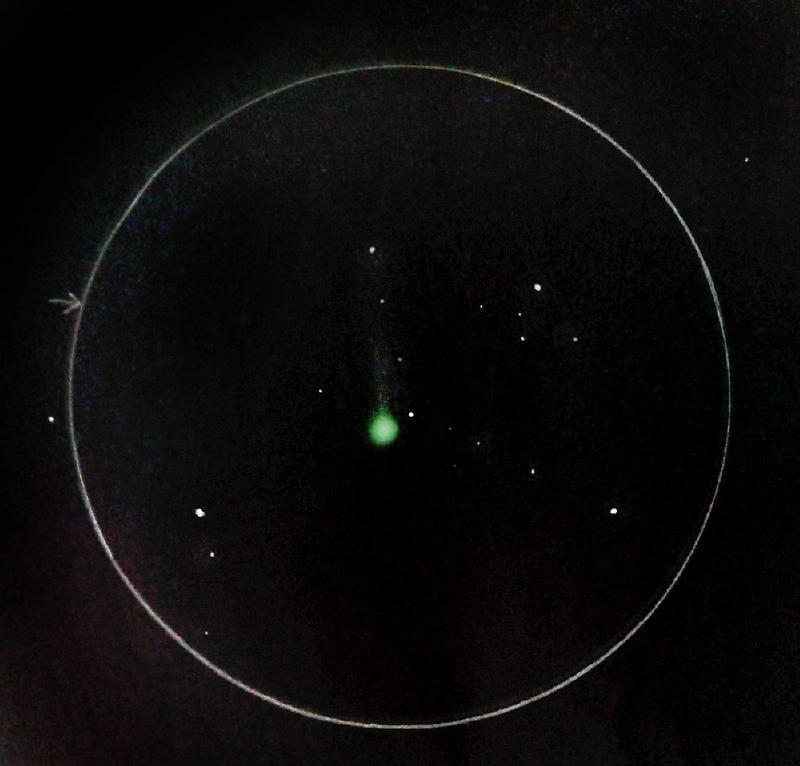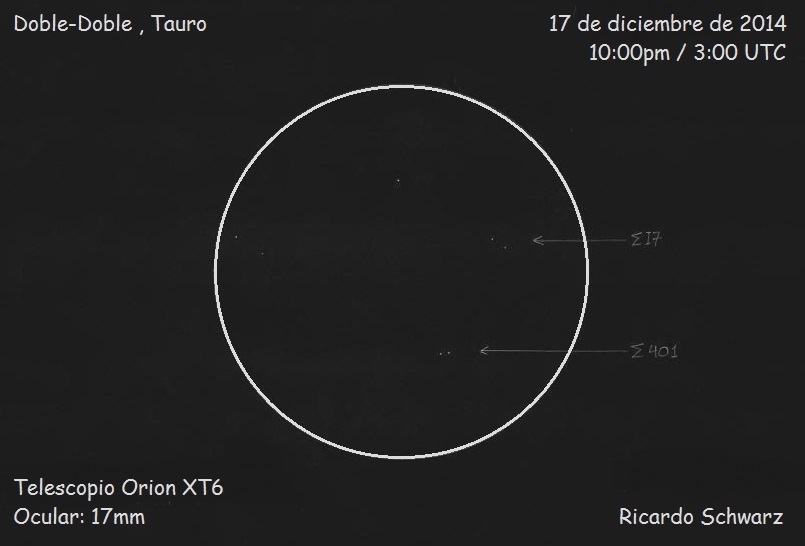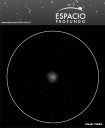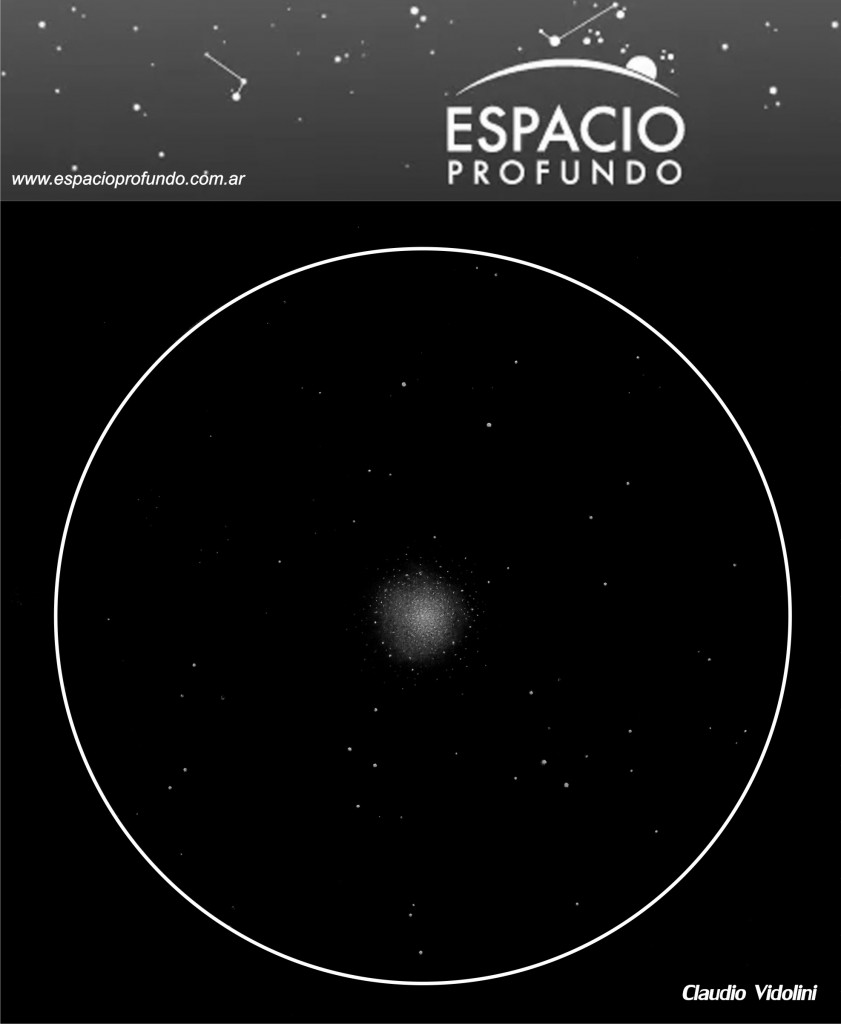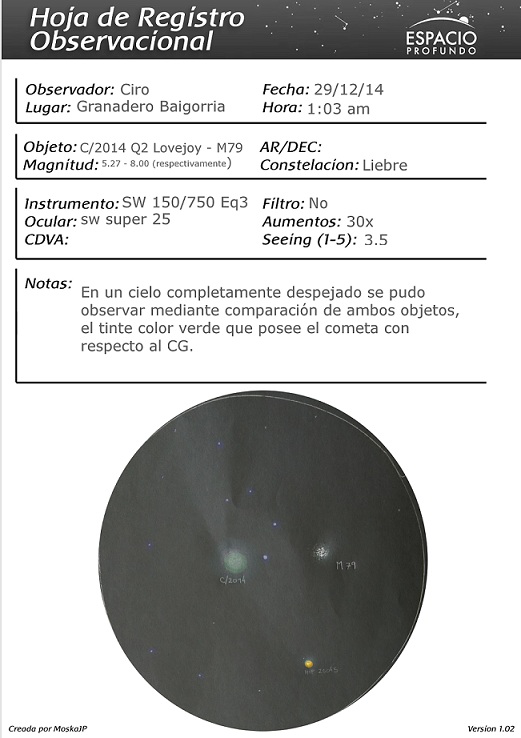
Object Name C/2014 Q2 Lovejoy and M79
Object Type Comet and Globular cluster
Location Granadero Baigorria, Santa Fe, Argentina
Date 29/12/14
Media I use pencil, paper, and Gimp to invert colour
Conjunción del cometa Lovejoy con el cúmulo globular M79, en la constelación de la liebre.
El equipo con el cual se realizo la observación es un telescopio reflector sw 150/750 con un ocular de 25.
Podemos notar un bonito “triángulo ” entre el Cometa, m79 y la estrella HIP 25045 A. Se pudo observar un color con tintes verdosos hacia el centro del cometa. No se pudo observar coma
Google translate:
Comet Lovejoy conjunction with the globular cluster M79 in the constellation of the hare.
The equipment with which the observation was performed is a reflecting telescope with an eyepiece 150/750 sw 25.
We can notice a nice “triangle” between the Comet, m79 and the star HIP 25045 A. It was observed color with greenish tints to the center of the comet. Could be observed comma


